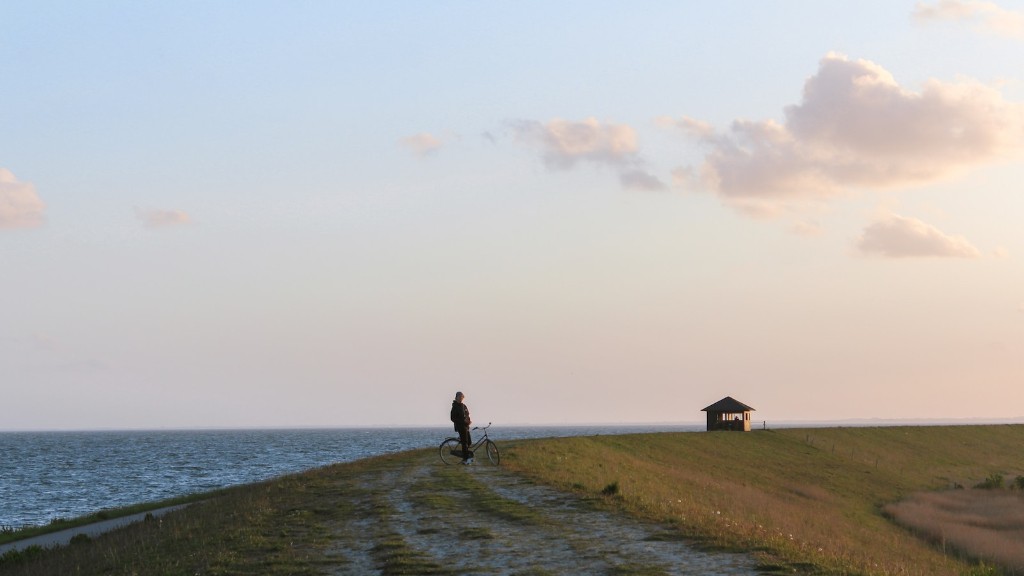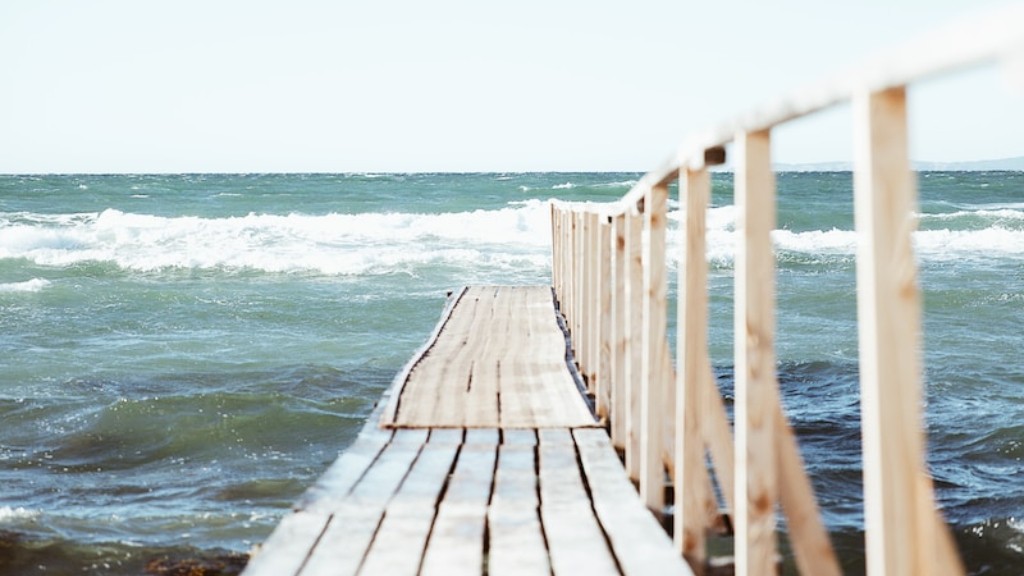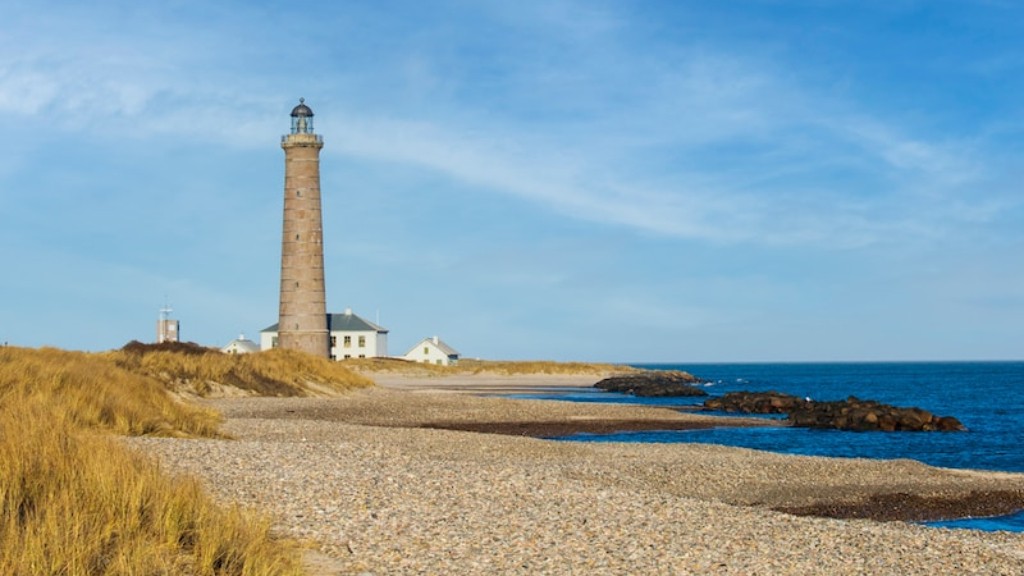Finland Sweden Denmark
The countries of Finland, Sweden, and Denmark, located in the northern part of Europe, are known for their rich history, cultural diversity, and impressive economies. Each country has its unique characteristics that make it stand out, yet they also share similarities in terms of their social systems, political landscapes, and geographical landscapes.
Finland, often referred to as the “Land of a Thousand Lakes,” is renowned for its stunning natural beauty. With approximately 187,888 lakes, it offers a diverse range of outdoor recreational activities such as fishing, boating, and hiking. Additionally, Finland is known for its excellent education system, which consistently ranks among the top in the world. The country’s commitment to education is reflected in its high literacy rate and the quality of its universities.
Sweden, the largest of the three countries, is famous for its progressive social policies and commitment to sustainability. The Swedish government invests heavily in renewable energy sources such as wind and solar power, making it a leader in the fight against climate change. Furthermore, Sweden places great importance on gender equality and has implemented policies to ensure equal rights and opportunities for women in all areas of society.
Denmark, on the other hand, is renowned for its high standard of living and the concept of “hygge.” Hygge, which translates to coziness, is a cultural phenomenon that emphasizes comfort and creating a warm atmosphere. It is evident in the Danish lifestyle, where people value relaxation, leisure, and quality time spent with loved ones. Denmark is also known for its successful healthcare system and strong social welfare programs, which contribute to its citizens’ well-being.
From an economic perspective, all three countries have thriving economies and high standards of living. Finland, known for its technological advancements, is home to several well-known tech companies such as Nokia and Rovio Entertainment. Sweden, on the other hand, has a diverse economy with major industries including telecommunications, pharmaceuticals, and automotive. Denmark, with its strong focus on renewable energy and sustainability, is recognized for its wind turbine industry and green technology.
Experts argue that the success of these countries can be attributed to their emphasis on innovation, education, and social welfare. All three governments prioritize investing in research and development, ensuring a highly skilled workforce, and providing comprehensive social support systems. This combination of factors has created an environment conducive to economic growth and citizen well-being.
In conclusion, Finland, Sweden, and Denmark showcase the best of what Northern Europe has to offer. From their breathtaking landscapes to their progressive social policies and thriving economies, these countries are undoubtedly leaders in various fields. Whether it is Finland’s commitment to education, Sweden’s dedication to sustainability, or Denmark’s focus on well-being, each country presents a unique perspective on how to create prosperous and livable societies.
The Geography and Natural Beauty
Finland, Sweden, and Denmark boast stunning natural landscapes that attract visitors from around the world.
In Finland, the presence of thousands of lakes creates a unique and serene environment. The iconic Saimaa lake, the largest in Finland, offers scenic views and is a haven for nature enthusiasts and fishermen.
Sweden’s landscape, characterized by dense forests, rolling hills, and picturesque archipelagos, provides endless opportunities for outdoor activities. The Stockholm Archipelago, consisting of over 30,000 islands, is a popular destination for sailing, kayaking, and exploring untouched nature.
Denmark, despite being relatively flat, offers its own distinct beauty. The Wadden Sea, a UNESCO World Heritage Site, is a vast coastal wetland known for its diverse wildlife and unique ecosystem.
The geographical diversity of these countries allows visitors to experience a wide range of outdoor activities, including hiking, skiing, and boating.
Cultural Traditions and Festivals
The cultural traditions and festivals in Finland, Sweden, and Denmark provide a glimpse into the rich heritage of the region.
Finland celebrates its long-standing traditions through various festivals, such as Midsummer and Vappu. Midsummer, known as Juhannus, marks the arrival of summer and is celebrated with bonfires, singing, and dancing. Vappu, or May Day, is a nationwide celebration of spring and involves picnics, parades, and wearing traditional white caps.
Sweden’s most iconic festival is Midsummer, which is similar to Finland’s celebration. Additionally, Sweden celebrates Lucia Day on December 13th, where participants dress in white robes and sing traditional songs to commemorate one of their patron saints, Saint Lucia.
In Denmark, one of the most important cultural traditions is Christmas. The Danish Christmas season is filled with hygge, where families come together to enjoy cozy gatherings, light candles, and share traditional dishes like Æbleskiver.
Education Systems and Intellectual Capital
Finland, Sweden, and Denmark are known for their outstanding education systems that foster intellectual growth and innovation.
Finland’s education system consistently ranks among the top in international assessments, such as the Programme for International Student Assessment (PISA). The emphasis on individualized learning, well-trained teachers, and a balanced curriculum contributes to Finland’s success in producing knowledgeable and critical-thinking students.
Sweden also places great importance on education, offering free education for both its citizens and international students. Its universities are renowned for their research-intensive programs and innovative teaching methods.
In Denmark, education is seen as a key driver of social mobility. The country invests significantly in providing accessible and high-quality education, from primary school to university. Danish universities are known for their strong research programs and collaboration with both national and international partners.
Global Perspectives and Diplomacy
Finland, Sweden, and Denmark hold crucial positions on the global stage and actively contribute to international diplomacy.
Finland has a long history of neutrality and plays an essential role in mediating conflicts and promoting peace. It is also an active member of the United Nations and European Union, contributing to various diplomatic initiatives and negotiations.
Sweden, as a neutral country, has a long-standing tradition of humanitarian aid and peacekeeping efforts. Sweden is known for its active engagement in international cooperation, particularly in the areas of human rights, democracy, and poverty reduction.
Denmark, similarly, has a strong focus on international diplomacy, actively participating in global initiatives related to climate change and sustainable development. As a member of NATO and the European Union, Denmark plays a significant role in shaping international policies and contributing to global security.





